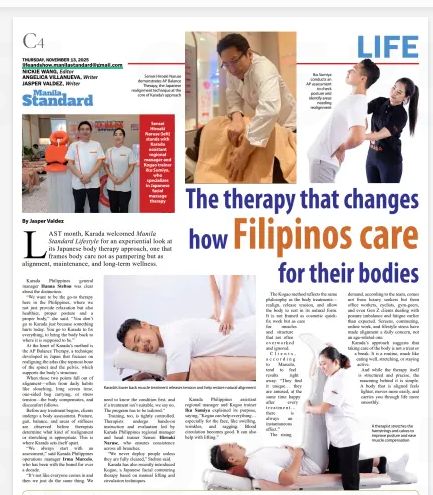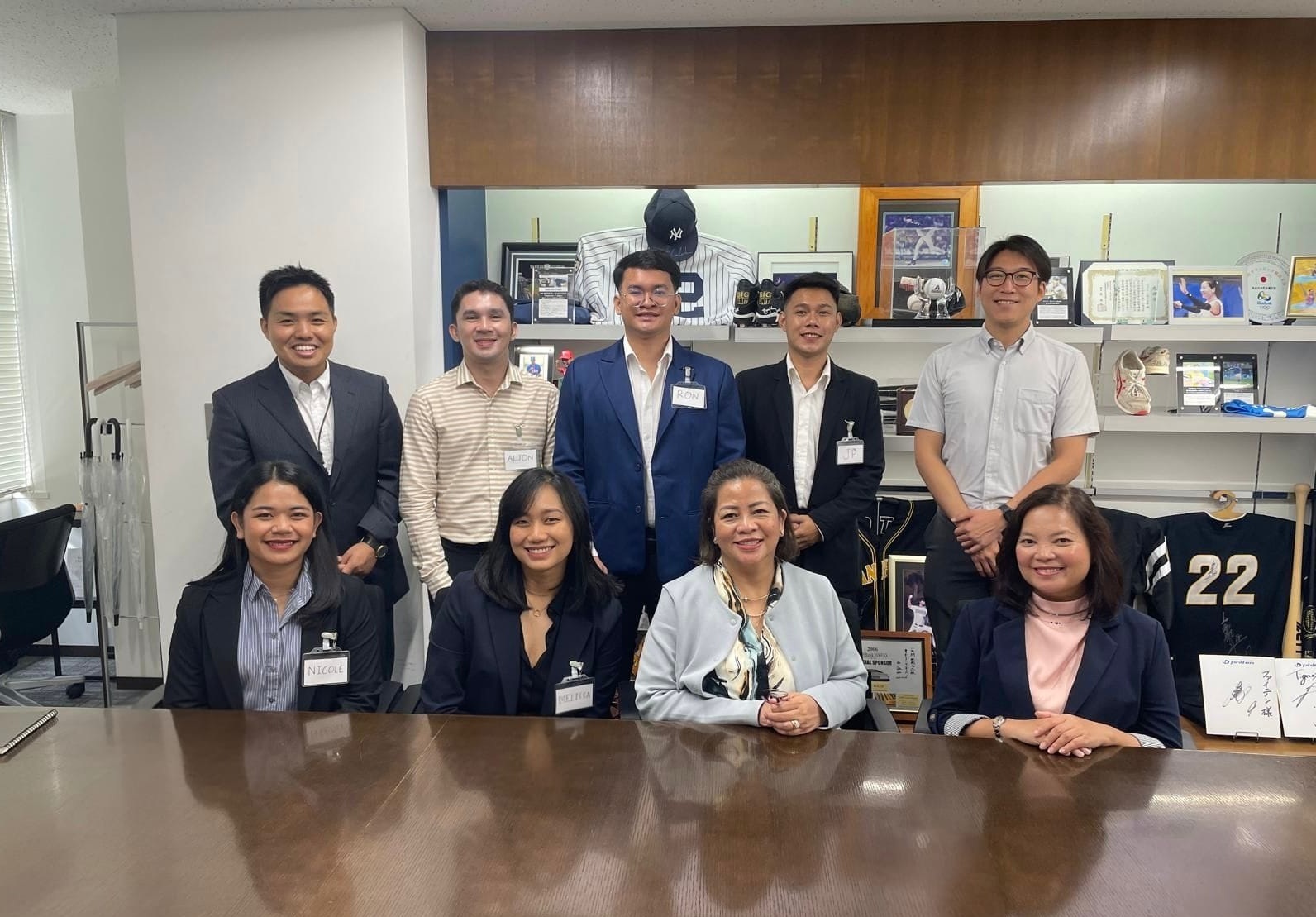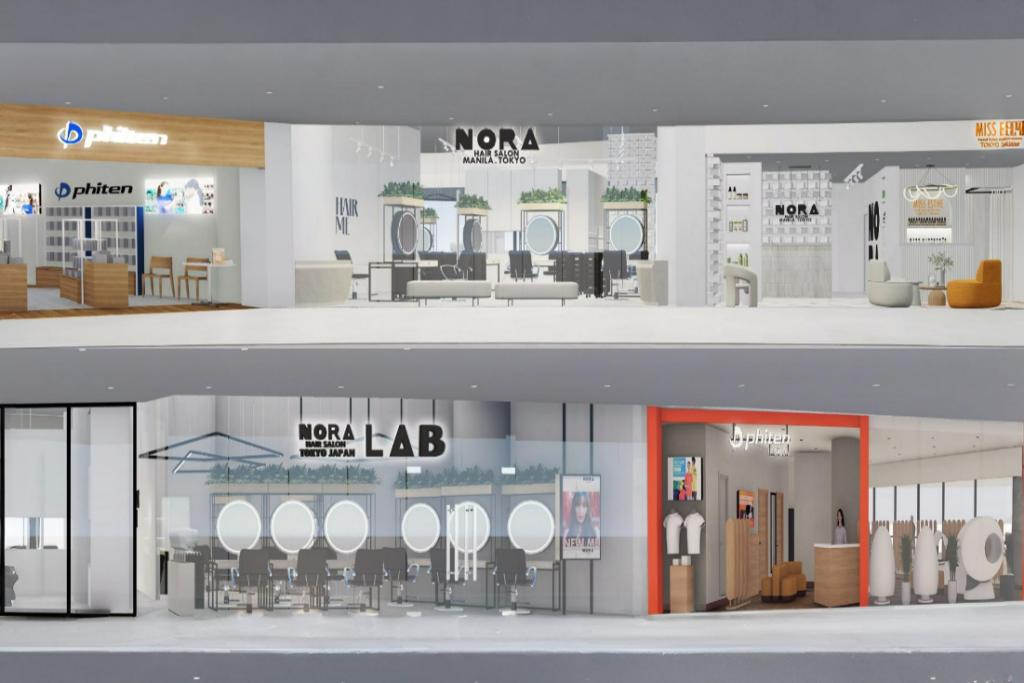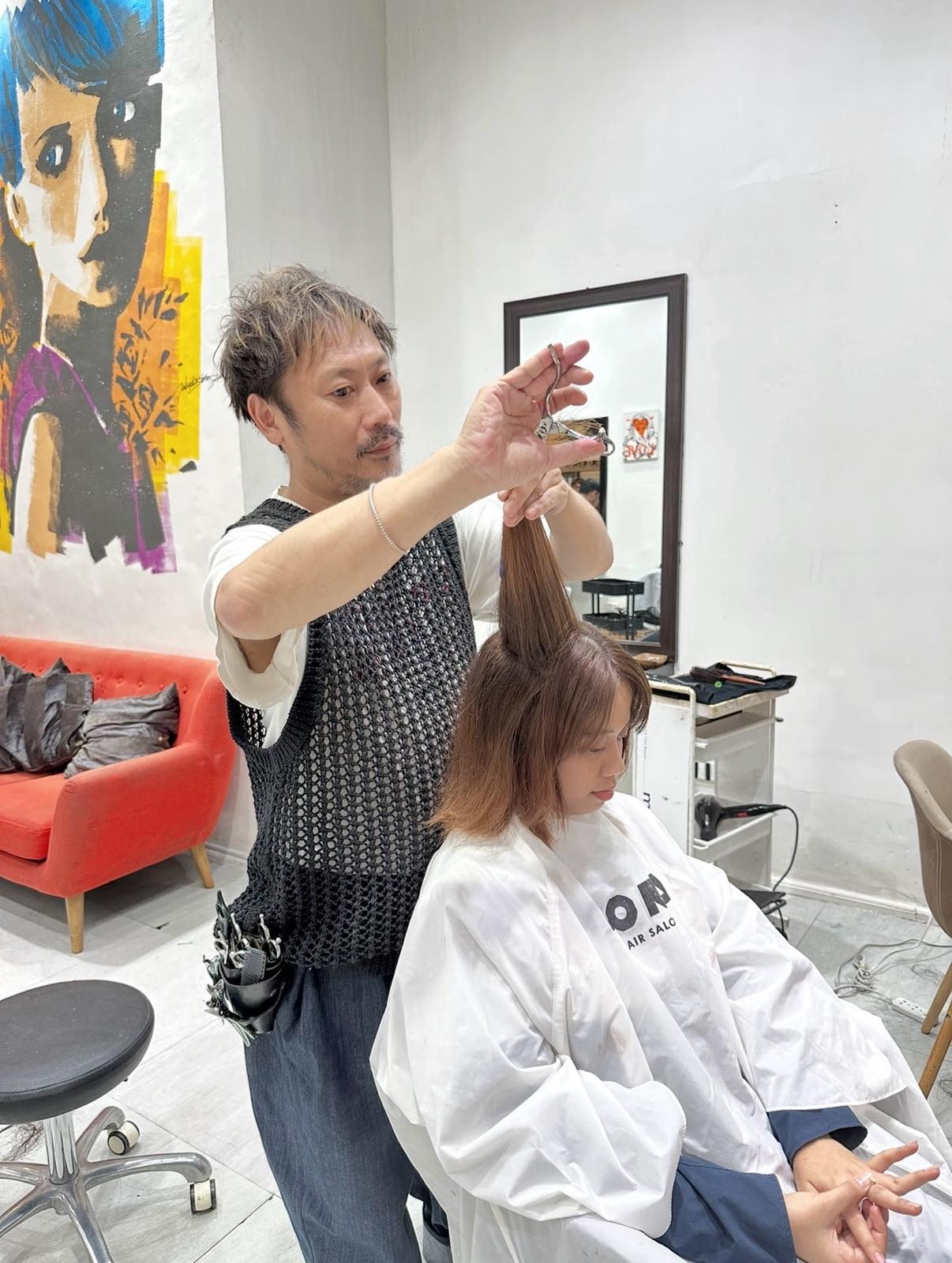Last month, Karada welcomed Manila Standard Lifestyle for an experiential look at its Japanese body therapy approach, one that frames body care not as pampering but as alignment, maintenance, and long-term wellness.
Karada Philippines general manager Hanna Stelton was clear about the distinction.
“We want to be the go-to therapy here in the Philippines, where we not just provide relaxation but also healthier, proper posture and a proper body,” she said. “You don’t go to Karada just because something hurts today. You go to Karada to fix everything, to bring the body back to where it is supposed to be.”
At the heart of Karada’s method is the AP Balance Therapy, a technique developed in Japan that focuses on realigning the atlas (the topmost bone of the spine) and the pelvis, which supports the body’s structure.
When those two points fall out of alignment—often from daily habits like slouching, long screen time, one-sided bag carrying, or stress tension—the body compensates, and discomfort follows.

Before any treatment begins, clients undergo a body assessment. Posture, gait, balance, and areas of stiffness are observed before therapists determine what kind of realignment or stretching is appropriate. This is where Karada sets itself apart.
“We always start with an assessment,” said Karada Philippines operations manager Irma Marcelo, who has been with the brand for over a decade.
“It’s not like everyone comes in and then we just do the same thing. We need to know the condition first, and if a treatment isn’t suitable, we say no. The program has to be tailored.”
Training, too, is tightly controlled. Therapists undergo hands-on instruction and evaluation led by Karada Philippines regional manager and head trainer Sensei Hiroaki Naruse, who ensures consistency across all branches.
“We never deploy people unless they are fully cleared,” Stelton said.
Karada has also recently introduced Kogao, a Japanese facial contouring therapy based on manual lifting and circulation techniques.


Karada Philippines assistant regional manager and Kogao trainer Iku Sumiya explained its purpose, saying, “Kogao can help everything… especially for the face, like swelling, wrinkles, and sagging. Blood circulation becomes good. It can also help with lifting.”
The Kogao method reflects the same philosophy as the body treatments—realign, release tension, and allow the body to rest in its natural form. It is not framed as cosmetic quick-fix work but as care for muscles and structure that are often overworked and ignored.
Clients, according to Marcelo, tend to feel results right away. “They find it unique… they are amused, at the same time happy after every treatment… there is always an instantaneous effect.”
The rising demand, according to the team, comes not from luxury seekers but from office workers, cyclists, gym-goers, and even Gen Z clients dealing with posture imbalance and fatigue earlier than expected. Screens, commuting, online work, and lifestyle stress have made alignment a daily concern, not an age-related one.
Karada’s approach suggests that taking care of the body is not a treat or a break. It is a routine, much like eating well, stretching, or staying active.
And while the therapy itself is structured and precise, the reasoning behind it is simple. A body that is aligned feels lighter, moves more easily, and carries you through life more smoothly.





